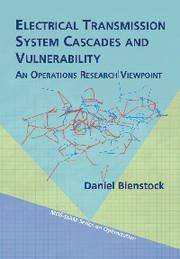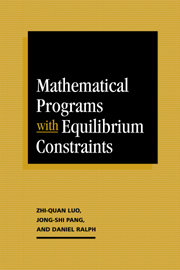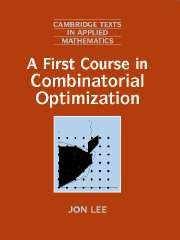Electrical Transmission System Cascades and Vulnerability
The power grid can be considered one of twentieth-century engineering's greatest achievements and, as grids and populations grow, robustness is a factor that planners must take into account. Since the underlying physics is mathematically complex, and modeling is complicated by lack of accurate data, power grid robustness is a complex problem. This book sheds light on this problem by introducing the engineering details of power grid operations from the basic to the detailed; describing how to use optimization and stochastic modeling, with special focus on the modeling of cascading failures and robustness; providing numerical examples that show 'how things work'; and detailing the application of a number of optimization theories to power grids. As a result, it will be useful to both operations researchers wishing to learn about power grids, as well as power engineers seeking an in-depth understanding of optimization methodologies and the rigorous thinking used in optimization.
- Introduces from scratch a number of engineering details of power grid operations
- Provides numerical examples to show 'how things work'
- Discusses the application of a number of optimization theories to power grids
Product details
January 2016Paperback
9781611974157
304 pages
254 × 177 × 18 mm
0.64kg
This item is not supplied by Cambridge University Press in your region. Please contact Soc for Industrial null Mathematics for availability.
Table of Contents
- Preface
- 1. Power engineering basics
- 2. Computations with the AC power flow model
- 3. N-K problem
- 4. Modeling transmission system cascades: a survey
- 5. Toward more comprehensive cascade models
- 6. Online cascade control
- Appendix A. Glossary
- Appendix B. Complete power flow derivations
- Bibliography
- Index.






